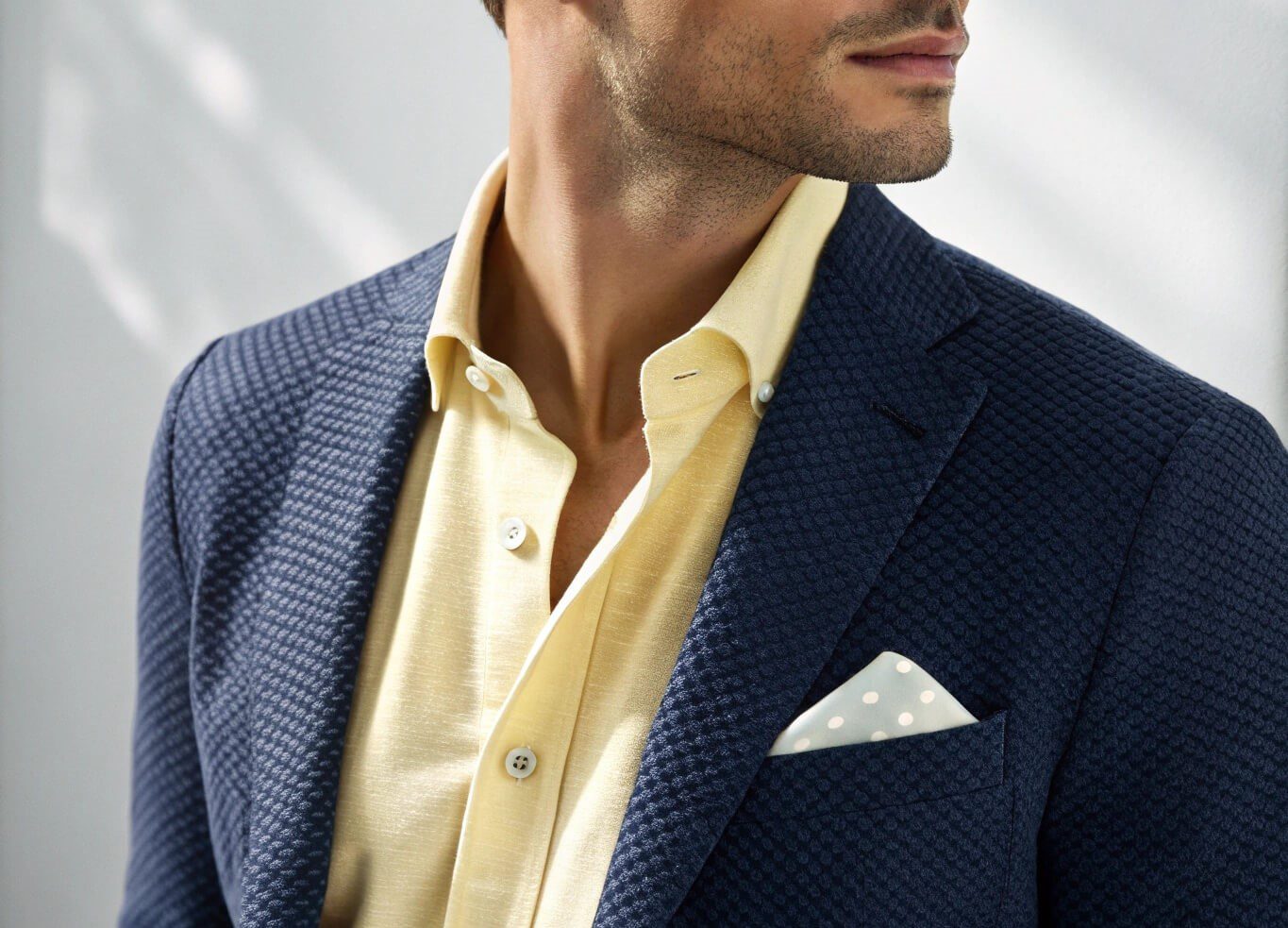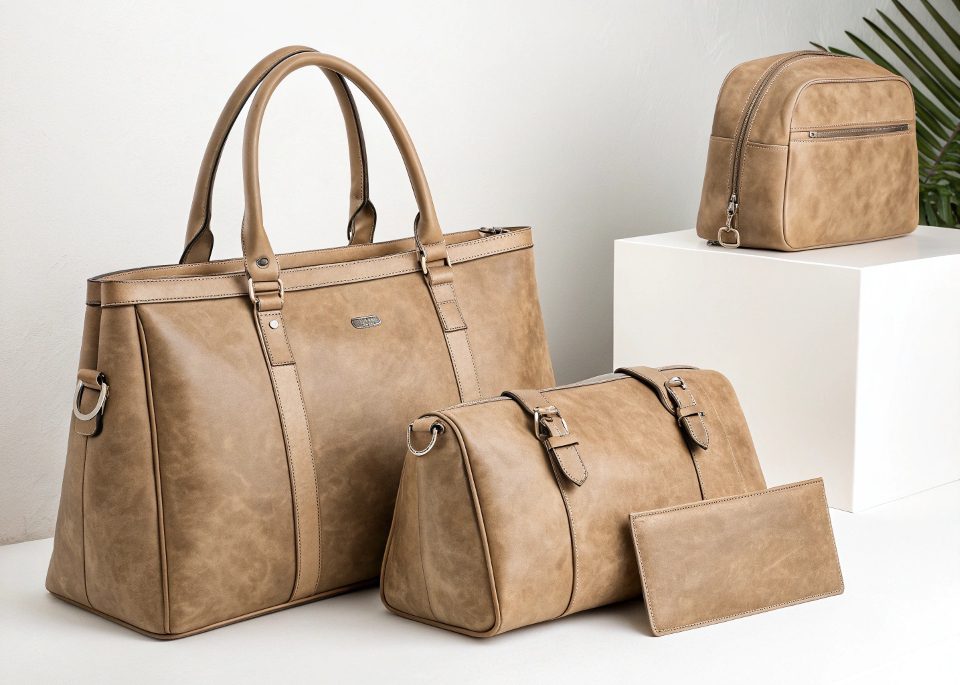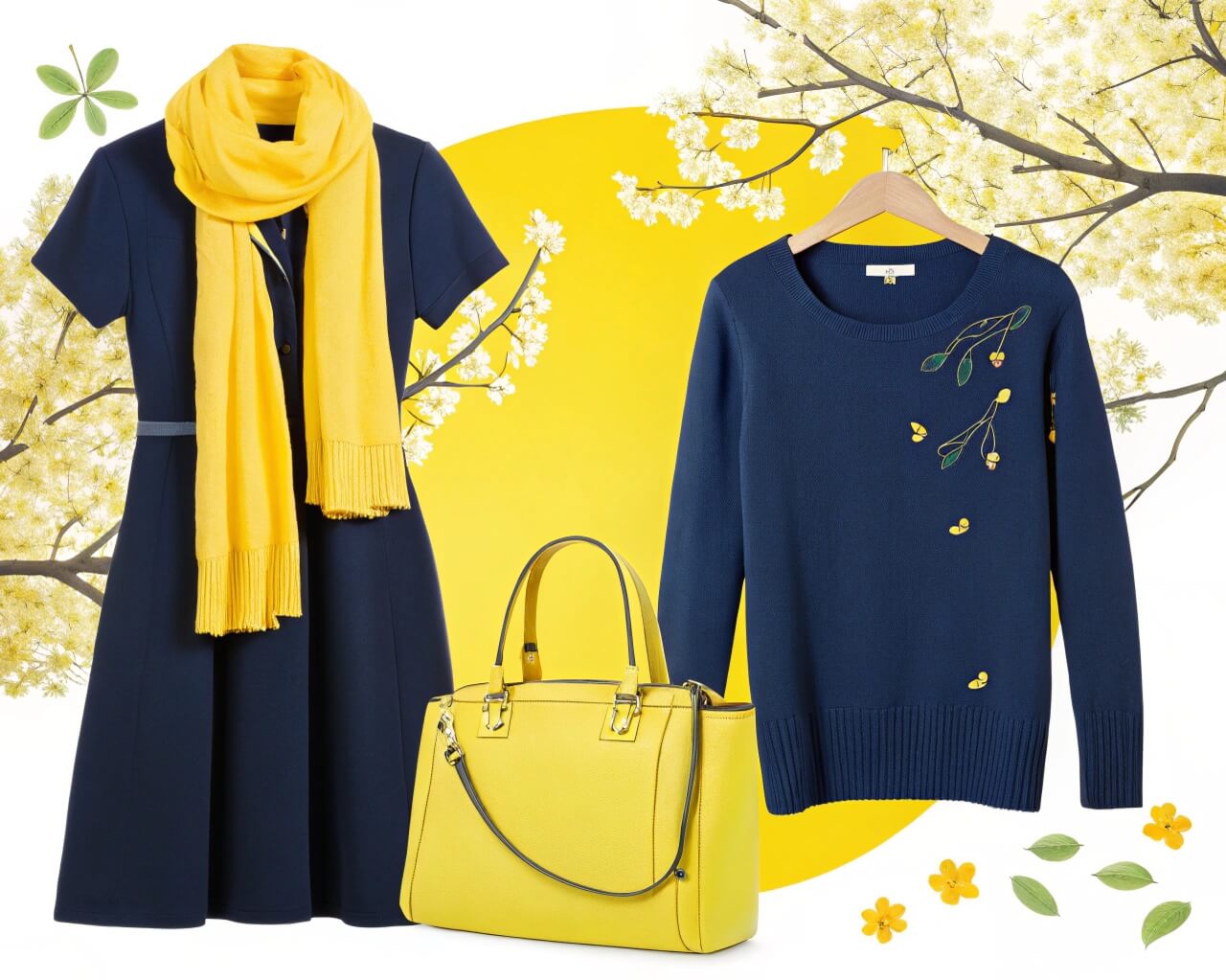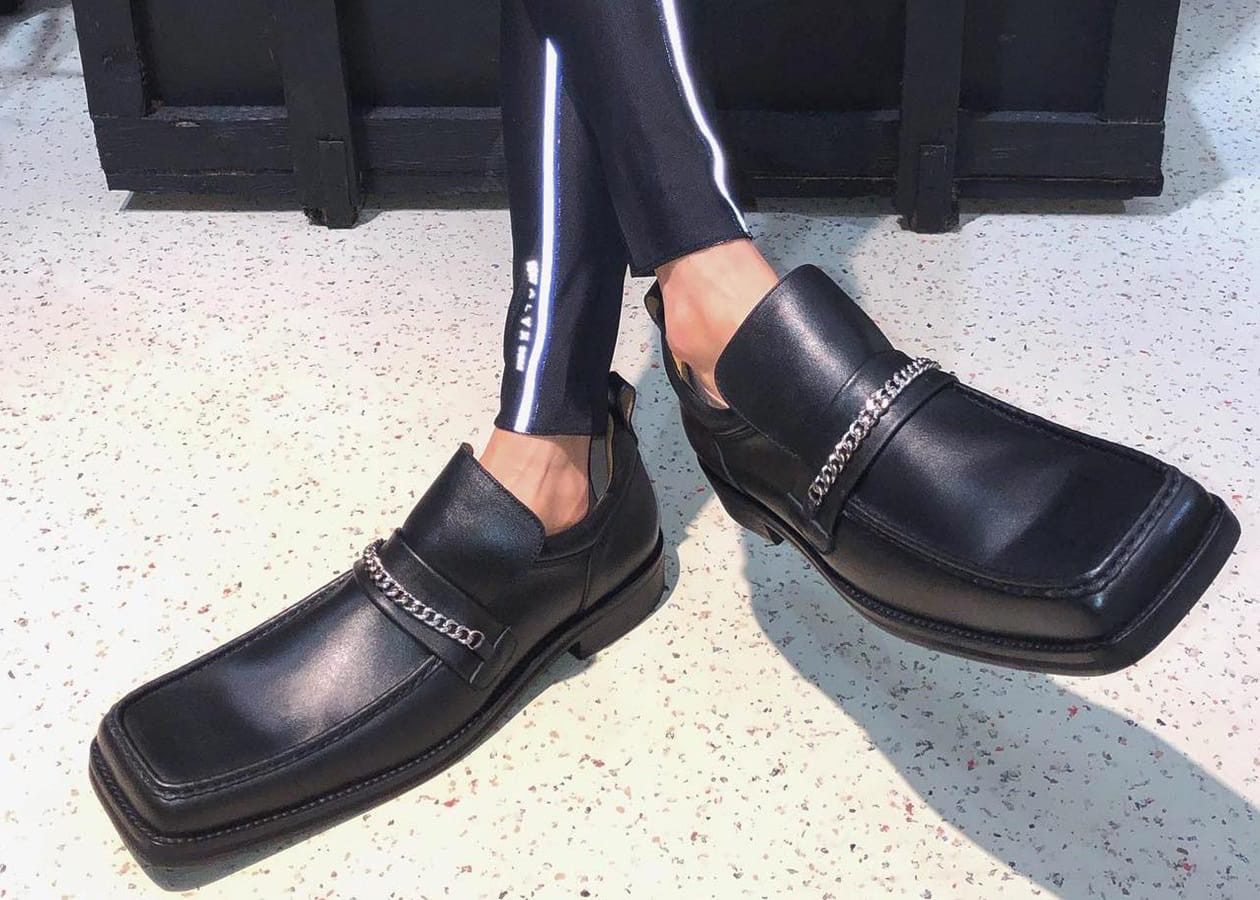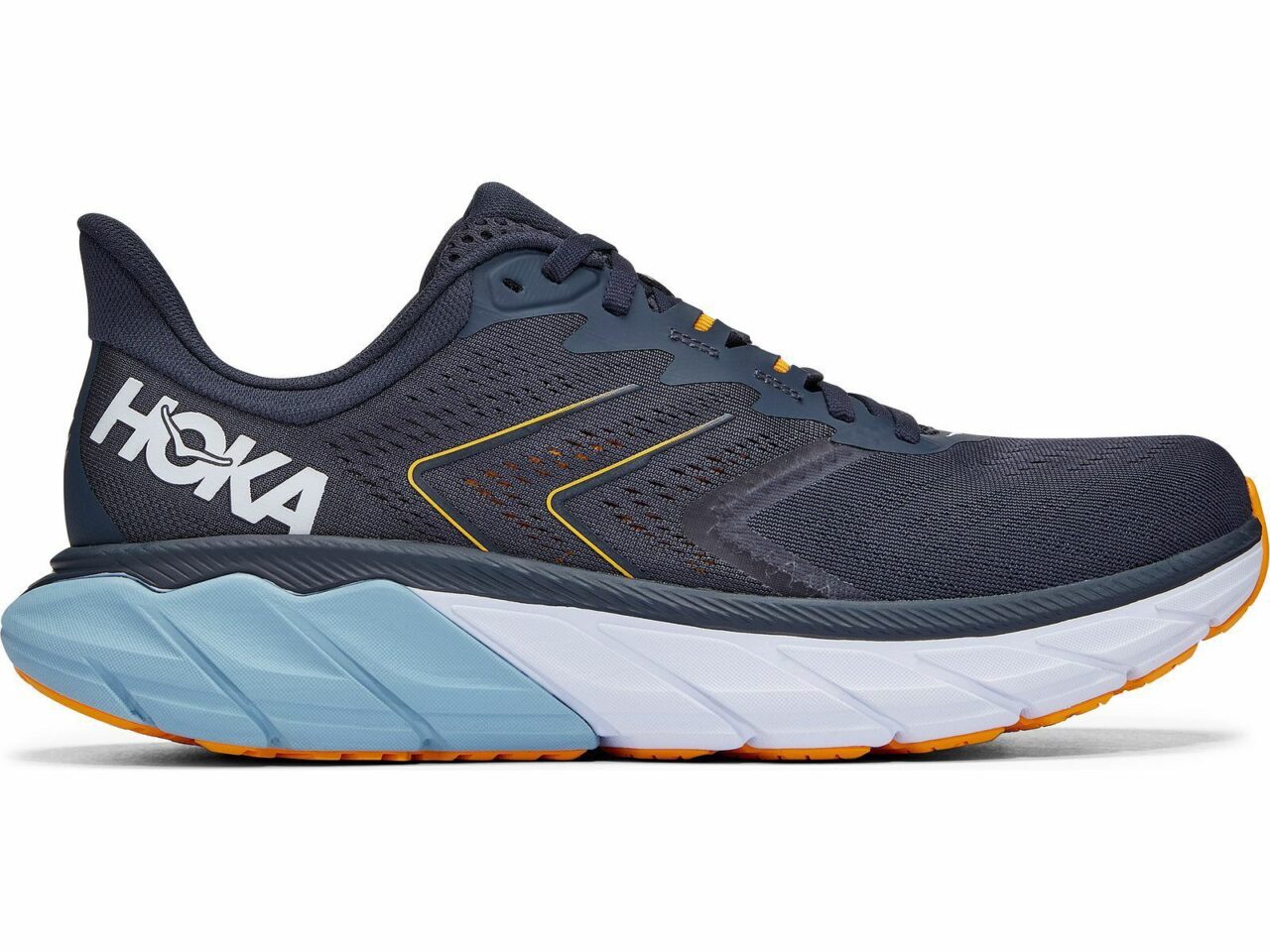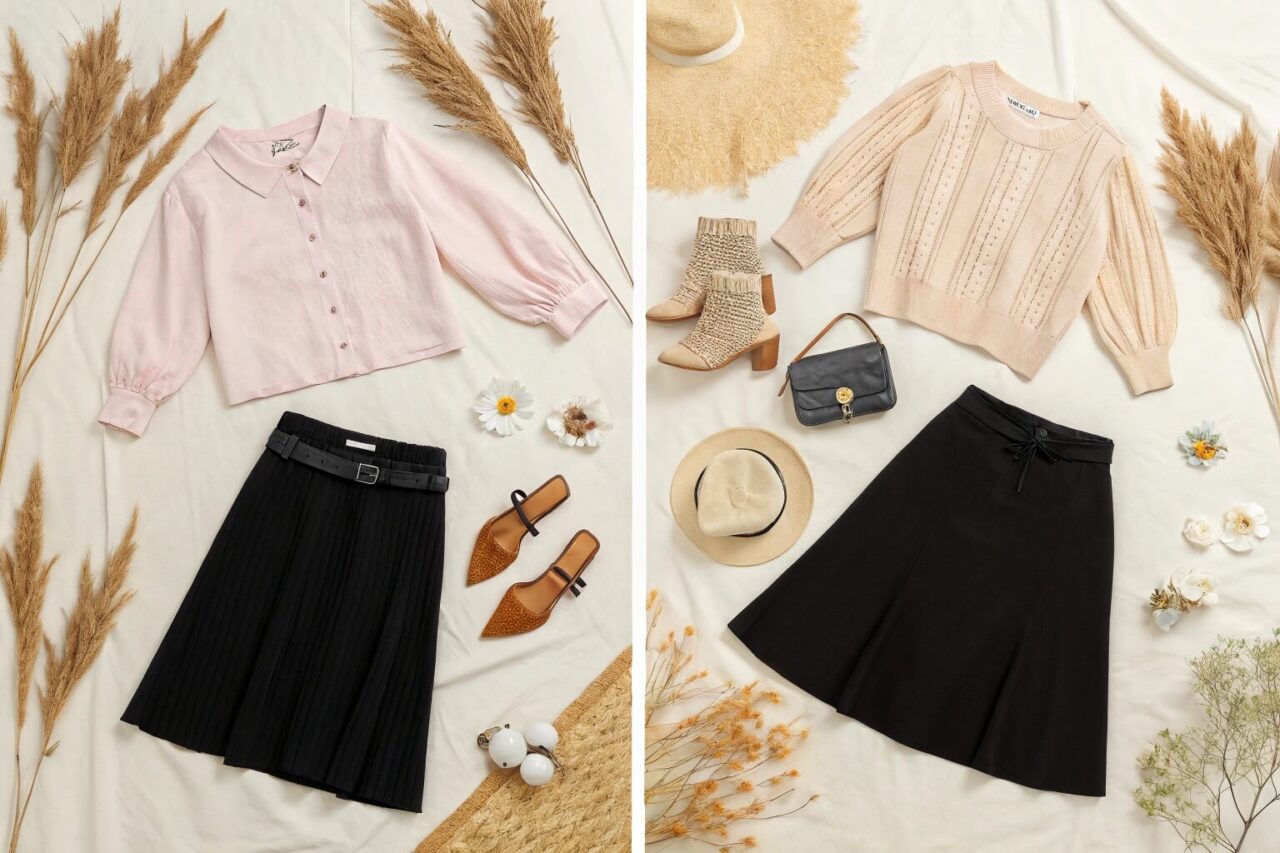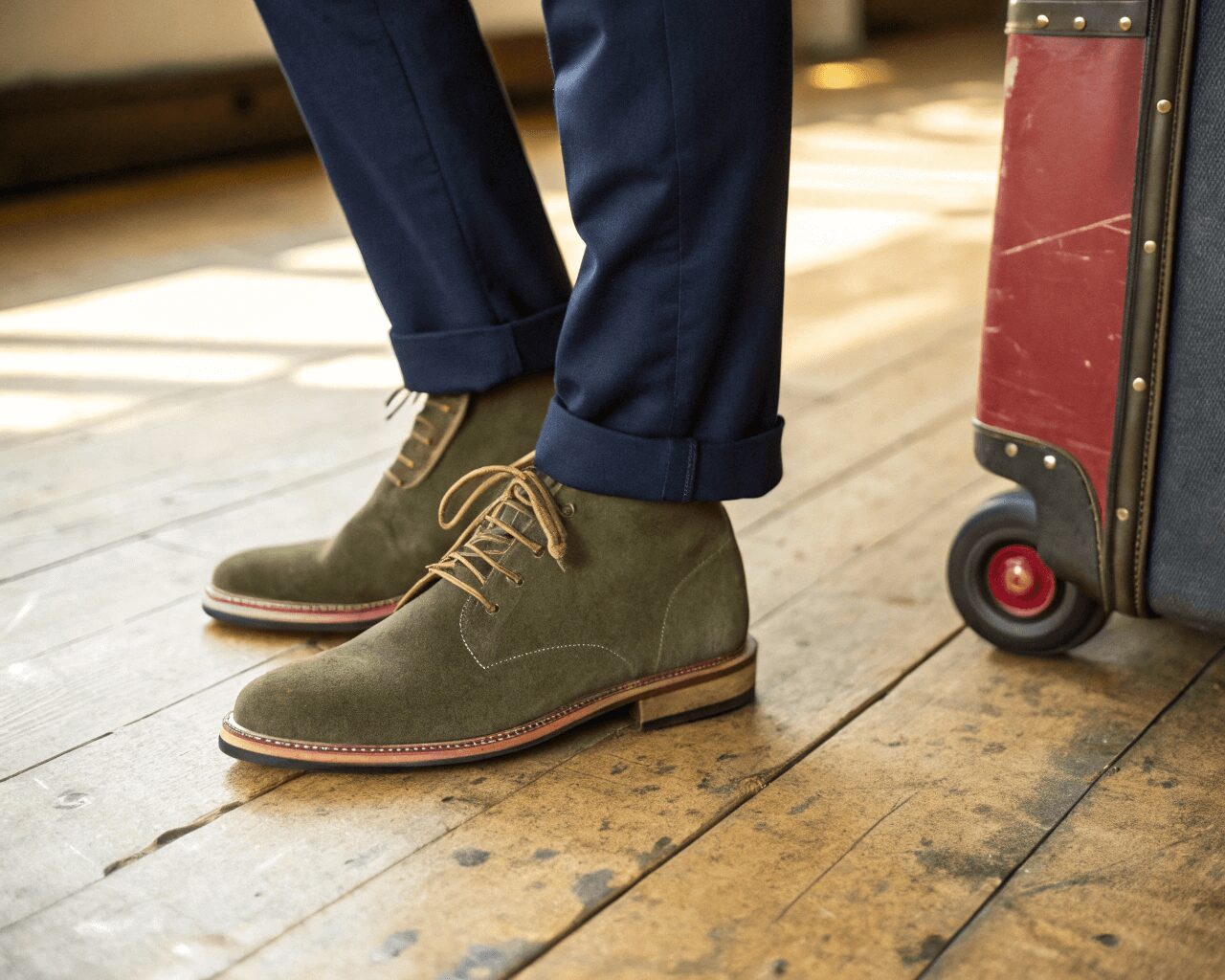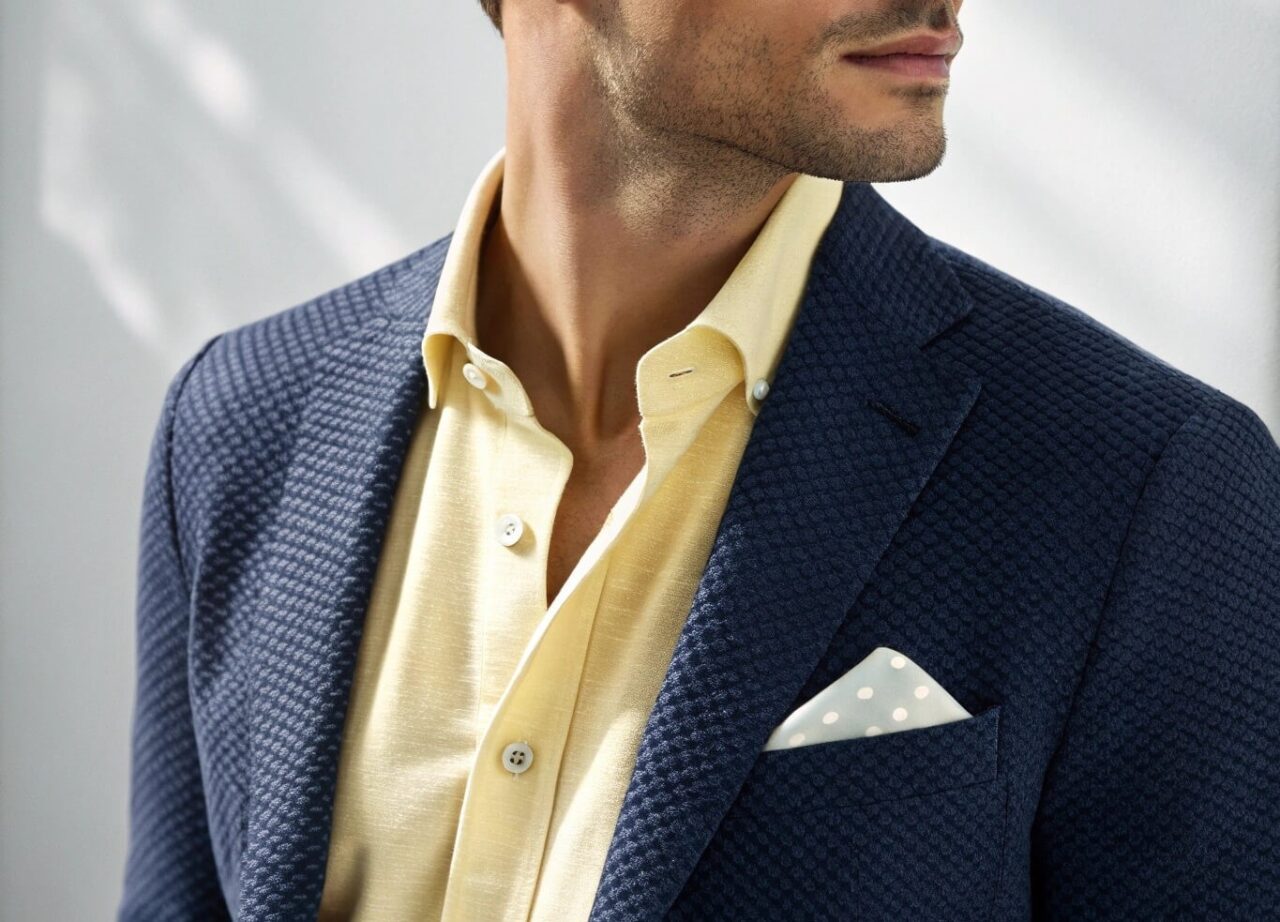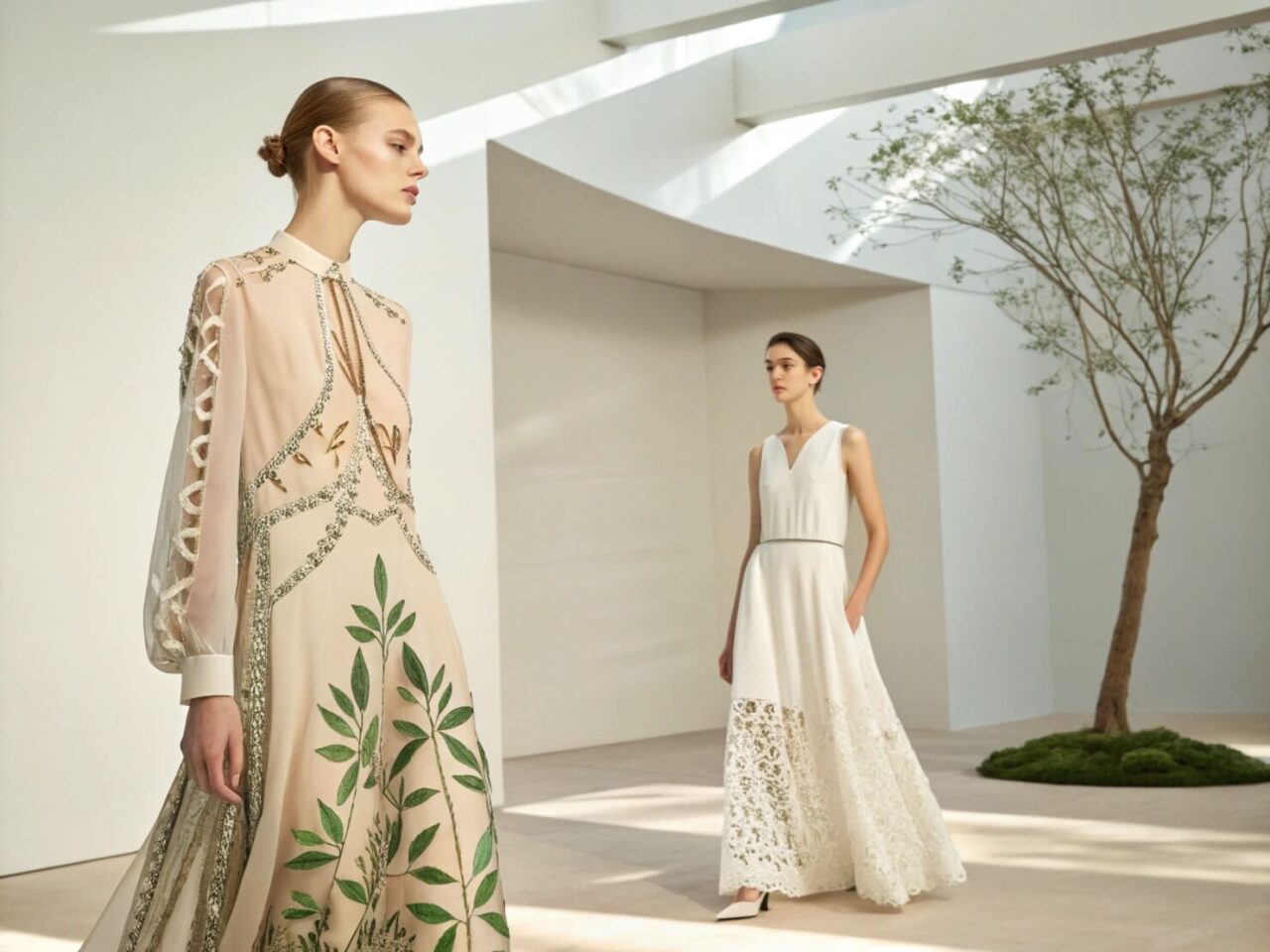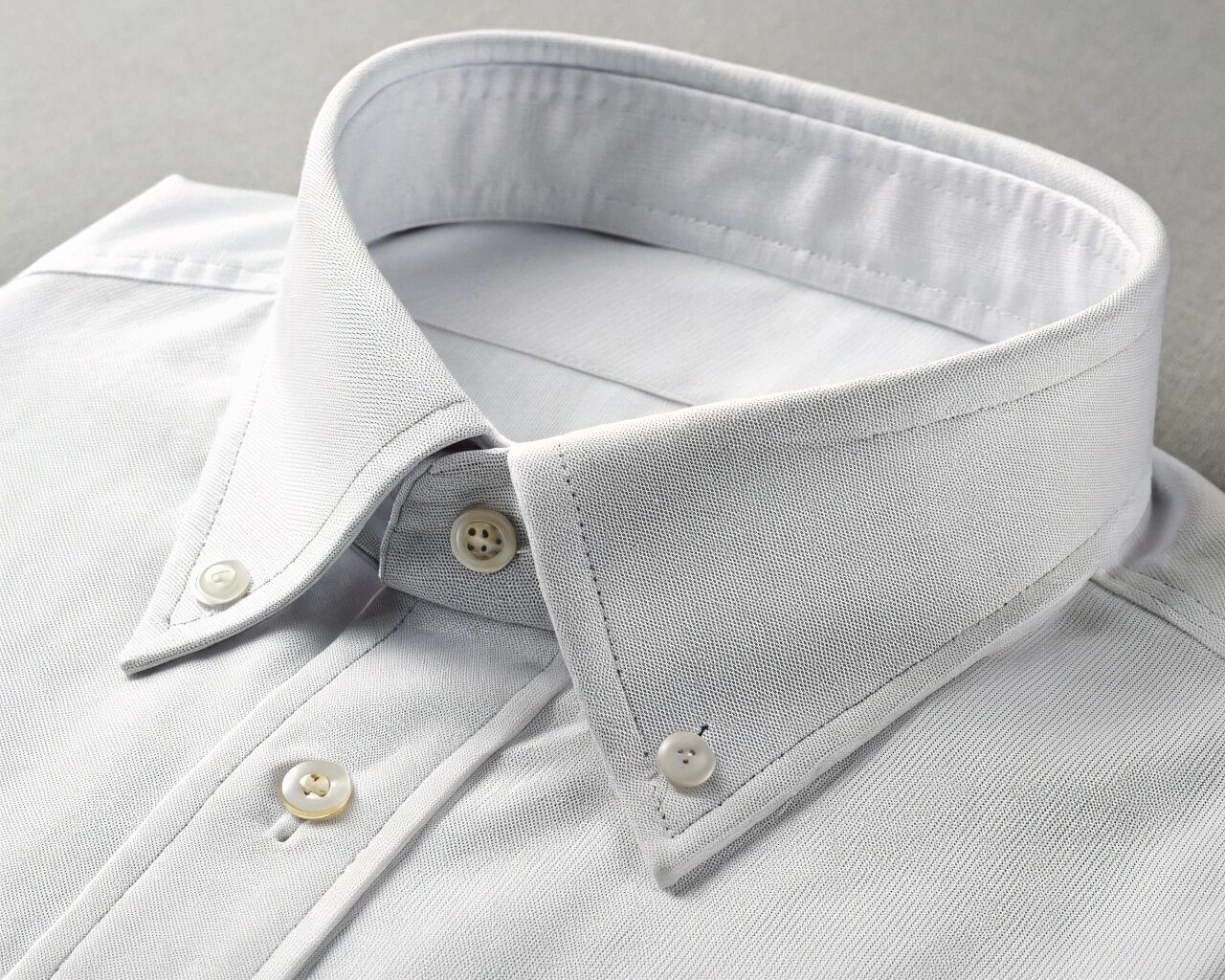
The Button-Down is Your Wardrobe’s Best Friend
The button-down shirt is a true workhorse in a man’s closet. It’s that piece you can wear almost anywhere, anytime. Think about it: a crisp white button-down with jeans for a casual weekend, or a sharp blue one under a suit for a big meeting. It fits right in.
This shirt has been around for nearly 200 years, and it’s still going strong, seen on men of all ages. You might even know its special name, OCBD, which stands for Oxford Cloth Button Down. It is a symbol of effortless style, a mix of old-school cool and modern looks.
But why has this particular shirt lasted so long? It’s simple. It works. The buttons on the collar keep things neat, so you always look pulled together, even when you are moving around.
From the old polo fields in England, where riders used buttons to stop their collars from flapping, to the halls of Ivy League universities, the button-down became a sign of innovative, relaxed style.
It’s the kind of shirt that tells a story of comfort and quiet confidence. How do you pick the right one? What makes one button-down better than another? Let’s get into it.
What are the Best Men’s Button Down & Dress Shirts of 2025?
The best men’s button-down and dress shirts of 2025 are those that perfectly blend classic design with modern needs for comfort, fit, and durability.
These shirts typically feature high-quality natural fabrics, thoughtful construction details, and a versatile aesthetic that allows them to be dressed up or down. They are shirts that make you look sharp without trying too hard, suitable for many events, from a casual day out to more formal settings.
These top shirts stand out because they respect the original idea of the button-down – a collar that stays put and looks neat – while also using the best of today’s fabric technology and tailoring.
Think of a shirt that feels soft against your skin, holds its shape through a long day, and has that perfect collar “roll” that gives it character.
These are not just any shirts; they are pieces built to last, offering real value for your money. They show a careful eye for detail and a commitment to quality.
A Look Back: The Button-Down’s Journey Through Time
The story of the button-down shirt is a fascinating one, quite clear in its beginnings. It wasn’t born in a fancy tailor’s shop but on the polo fields of mid-19th-century England. Horse riders found their collars flapping in the wind as they galloped, getting in the way.
So, they came up with a simple idea: button the collar tips down to the shirt. This small change kept the collar neat and out of their faces, leading to what was first called the “polo collar.” It was a practical solution that soon became a style statement.
It was an American, John E. Brooks, a leader at the famous Brooks Brothers company, who brought this idea from the sports field to everyday men’s fashion.
In 1896, during a trip to England, Mr. Brooks saw a polo match and was struck by these clever collars. He took the idea back to the United States.
A few years later, around 1900, Brooks Brothers launched their own version of the shirt with the button-down collar. This was a big moment. It transformed a functional sportswear item into a staple for gentlemen everywhere.
From Practicality to Icon Status
In the 1920s, stiff shirt collars, which had been common, started to give way to softer fabrics. To keep these softer collars looking sharp, people used collar pins, chains, or small fabric tabs. The button-down shirt offered an easier, less formal way to get the same neat effect.
Famous dancer Fred Astaire, who reportedly disliked the fiddly tab collars, was one of the first well-known figures to embrace the button-down. His choice helped make the shirt popular beyond its sports roots.
The button-down shirt found its true home in the Ivy League universities of America through brands like Brooks Brothers, J. Press, and later, Gant. The soft collar was perfect for the active, youthful lifestyle of college students in the 1940s and 1950s.
It became a symbol of the well-educated and privileged class, worn with an easy, confident air. This “Ivy League” style blended comfort with a bright appearance, influencing how men dressed across the country.
Hollywood stars and other famous people picked up on this trend, making the button-down even more popular. Jazz legend Miles Davis made it cool, and President John F. Kennedy wore it often, both for official duties and in his daily life.
Even in Italy, fashion icon Gianni Agnelli made it his own, famously wearing his Brooks Brothers shirts with the collar buttons undone, showing a relaxed elegance that would be copied around the world. The button-down, a simple shirt, had become a global fashion statement.
What to Look For: Picking Your Perfect Button-Down Shirt
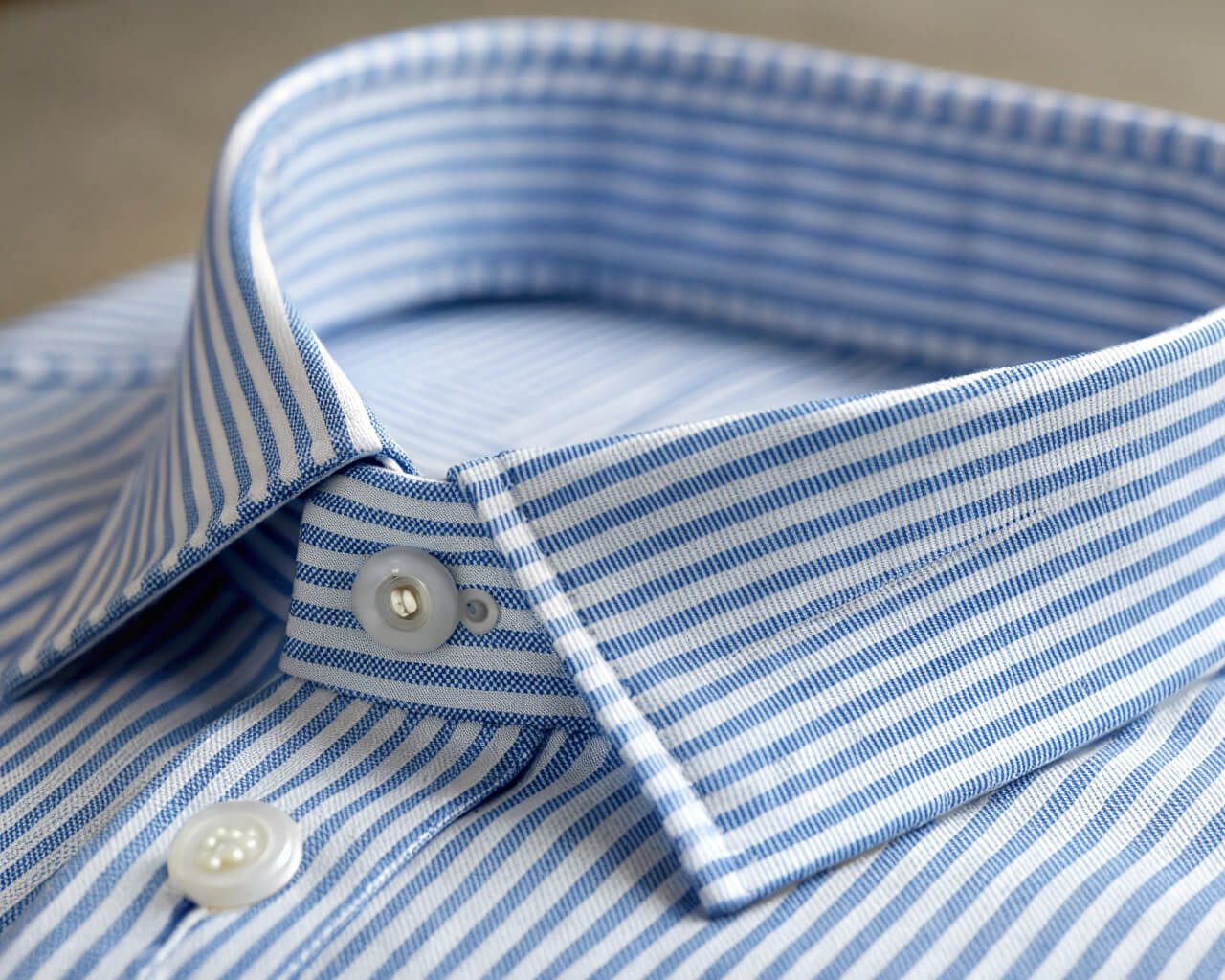
Finding the best button-down shirt means knowing what matters. It’s more than just the color. The way the collar sits, how the shirt fits, and the fabric it’s made from are all very important.
These details turn a good shirt into a great one, the kind that feels right and looks sharp every time you wear it.
The collar is often called the “face” of the shirt. For a button-down, the goal is a soft, unlined collar that forms a gentle curve when the buttons are fastened.
This curve is often called the “roll.” A good roll means the collar tips arc gracefully, not lying flat or standing too stiffly. Traditionally, the buttons that hold the collar were placed relatively close to the shirt’s front edge.
Some newer styles put them wider apart, making the collar more noticeable. But for a classic look, that close, soft roll is key. It’s a small detail, but it speaks volumes about the shirt’s quality and design.
Finding the Right Fit and Fabric
The way a shirt fits you can change your whole look. A classic button-down, especially the Oxford Cloth Button Down (OCBD), was made to be roomy. This meant a generous cut around the stomach and arms, and long enough to stay tucked in all day.
If you see old photos of men wearing these shirts, like Paul Newman, they often look pretty full. This roomy fit gave comfort and freedom of movement. If you prefer a tighter look, don’t worry. Most shirt makers today offer slimmer styles.
It’s about finding what feels right and looks good on your body. Remember, the right fit makes all the difference, making you appear sharper and more confident.
When it comes to fabric, the traditional choice for a button-down is Oxford cotton. This fabric has a special weave, like a basket, that gives it a slightly rough, textured feel. It often mixes white and colored threads, giving it a unique look.
There are different types of Oxford fabric, with Pinpoint Oxford being finer and smoother than the classic Oxford. At the same time, Royal Oxford has a more open, often shinier weave that looks a bit dressier. It’s not actually an “Oxford” weave at all, despite the name.
Besides Oxford, button-downs can be made from other fabrics, too. Denim or chambray gives a casual, jean-like feel.
For warmer weather, linen is a popular choice, offering a relaxed and breathable feel. Each fabric changes the shirt’s look and how it feels to wear.
Small Details, Big Impact
Beyond the collar, fit, and fabric, a classic button-down shirt often has a few special details that nod to its history and add to its character. These small features show attention to tradition and quality.
- Box Pleats: These are two folds of fabric that run down the middle of the back of the shirt. They create extra room, letting you move your arms forward easily without pulling the shirt tight across your back. This is a practical detail for comfort.
- Locker Loop: Look for a small loop of fabric sewn on the back, just below the collar. Gant, a famous shirtmaker, invented this. Its original purpose was to help students hang their shirts in school lockers without creasing them. It’s a charming detail that links back to the shirt’s college roots.
- Back Collar Button: This is a small button found at the very back of the collar. It was meant to keep your tie in place, stopping it from slipping out from under your collar. While not always strictly necessary today, it’s a mark of a traditionally made shirt.
- Chest Pocket: A pocket on the chest is a standard feature on button-down shirts. Both with or without a flap, a chest pocket adds to the casual, everyday feel of the shirt. It’s part of the button-down’s relaxed, less formal identity.
- Simple Cuffs: For a classic button-down, the cuffs should always be simple, with just one button. You won’t find double cuffs, which are meant for cufflinks, on a true button-down. This keeps the look clean and casual.
- Tab Collars: While not a button-down, it’s worth a mention. Tab collars use a small piece of fabric to hold the collar points together, often under a tie. This style gained fame thanks to characters like James Bond. It’s a different way to achieve a neat collar, but it’s not a button-down.
These details, though small, contribute to the overall feel and authenticity of a button-down shirt. They are part of what makes these shirts so enduring and appreciated by those who value classic style.
The Best Men’s Button Down & Dress Shirts of 2025
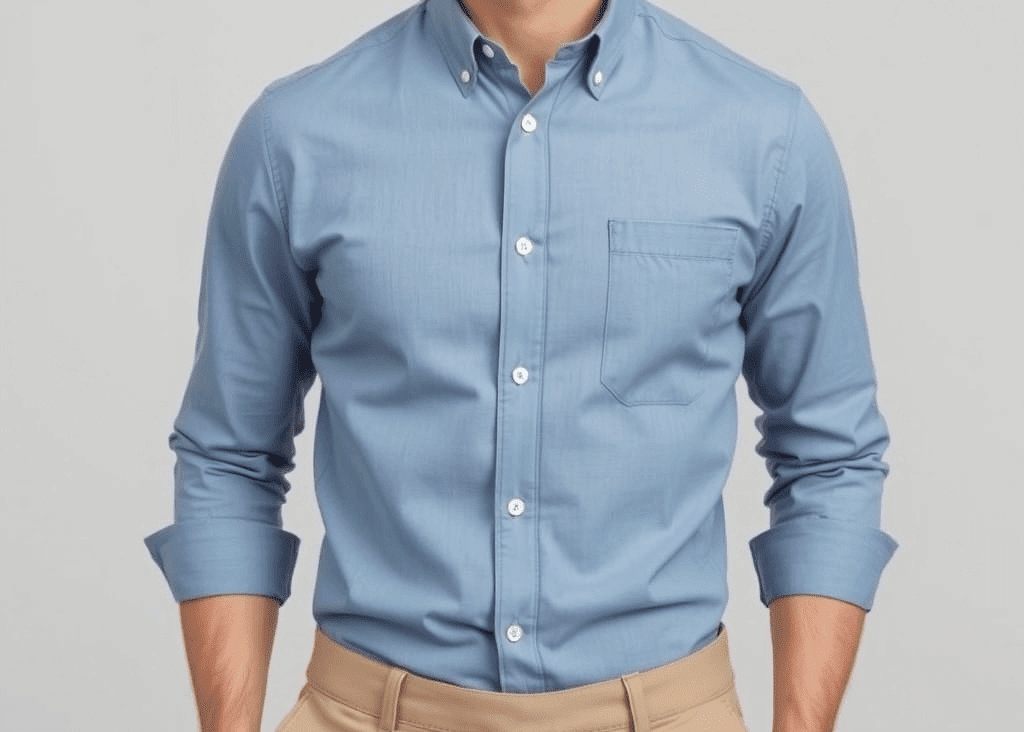
Choosing the right brand for your button-down shirt is essential. Some brands stick to old traditions, offering styles that have been around for a long time.
Others bring new ideas, with modern fits and different fabrics. The best shirt for you depends on what you like and how you plan to wear it. Here, we look at some of the top names that are making the best men’s button-down and dress shirts in 2025.
1. Brooks Brothers

Brooks Brothers has been a big name for 200 years. They dressed America’s well-to-do and played a massive part in making the button-down collar famous. While they didn’t invent it, they certainly made it a menswear staple.
In recent years, the company has faced some hard times, including bankruptcy in 2020. They moved much of their making outside the US, and some say the quality changed. Even with these issues, an old Brooks Brothers shirt is still the starting point for talks about the “right” button-down.
Their history is so deep that their shirts, especially older ones, are often seen as the most valid form of the button-down. They represent a specific American style that has influenced fashion for generations.
2. Gant

started in New Haven, Connecticut, making shirts for others, including Brooks Brothers. In 1949, Gant launched its own brand and became a supplier to the Yale Co-Op, a famous store on campus.
Gant was ahead of its time, even introducing the “locker loop” on the back of shirts, a detail we talked about earlier. Unlike Brooks Brothers, Gant has tried to stay current with fashion.
Yet, you can still find their classic button-down shirts, keeping a balance between old and new. Gant’s story is tied to the Ivy League look, providing sturdy, stylish shirts for college life that later became popular everywhere.
3. Ralph Lauren

Ralph Lauren began his journey selling ties for Brooks Brothers. In 1967, he launched his own tie brand, which quickly grew into a complete clothing line, known by its polo player logo.
If you like the “preppy” fashion of the 1980s, Polo Ralph Lauren is a great choice. Their shirts capture that energetic, colorful style.
Ralph Lauren built an empire on taking classic American ideas and giving them a fresh, aspirational feel, and their button-downs are a core part of that vision.
4. Gitman Vintage

Gitman Vintage offers shirts that remind you of the original Brooks Brothers styles, but with a more up-to-date fit. This American shirt maker draws inspiration from the peak of Ivy League style in the 1950s.
A key point for many is that their shirts are still US in the US. Gitman Vintage appeals to those who want the classic look but with a better fit for today’s tastes. They bridge the gap between historical accuracy and modern wearability, creating shirts that feel both timeless and contemporary.
5. Drake

Drake’s, a British brand, also gives us modern versions of traditional shirts. You can find classic OCBDs from them, as well as shirts in poplin and flannel.
Drake’s makes their shirts in their own factories in England, which speaks to their commitment to quality. They take inspiration from the past but apply a refined, British touch, offering sophisticated options for the discerning customer.
6. Kamakura

Kamakura, Japan, shows how the Ivy League style traveled across the world. In Japan, this style became almost a way of life, and now Japanese brands often make American preppy clothes better than some American brands themselves.
Kamakura Shirts was founded by Yoshio and Tamiko Sadasue, who had worked for Van Jacket, the company that first brought Ivy League style to Japan. Kamakura shirts offer superb quality and attention to detail, often at a competitive price.
7. Mazzarelli

Mazzarelli brings an Italian touch to the button-down. The Ivy League style found its way to Italy, famously worn by Gianni Agnelli, who would wear his Brooks Brothers shirts with the collar unbuttoned and his watch over the cuff.
Mazzarelli is generally a shirt specialist, but they offer a more elegant take on the button-down.
Their shirts are often more fitted and made from finely woven cotton, a different feel from the looser shirts worn at Yale. They offer a refined, slightly dressier button-down for those seeking Italian flair.
8. Asket

Asket takes a different path. This is a modern brand with a simple, Scandinavian design focus, emphasizing quality and sustainability.
Asket’s button-down is more modern, slimmer, shorter, and stripped down. It’s made to be worn with chinos, jeans, or shorts, reflecting a minimalist approach to everyday dressing. They focus on timeless pieces built to last, part of a movement to buy fewer, better things.
9. Eton Shirts

Eton Shirts has a vast selection of shirts, with many sizes and styles. Unlike some brands that have one clear “house style,” Eton focuses on variety.
You can find button-down shirts in dressy royal Oxford, regular Oxford, and even madras-patterned linens. They offer something for almost every occasion, from a formal meeting to a casual summer day.
Eton is known for its high-quality and often wrinkle-resistant fabrics, making them a practical choice for many men.
10. Stenströms

Stenströms, another Swedish shirt specialist, also offers a wide range of button-down shirts. Like Eton, they don’t have a single house style, but Stenströms often leans a bit more traditional in its designs and materials than Eton.
They are known for their craftsmanship and durable shirts. Both Eton and Stenströms represent excellent European shirtmaking, offering quality and choice.
For the True Traditionalists
Finally, there are the OCBD Traditionalists, like J. Press and Mercer & Sons. In the 1980s, when Brooks Brothers changed its classic OCBD, many traditionalists were unhappy. Brooks Brothers started using stiffer collars and non-iron fabrics.
This led to other brands being formed to make shirts like the original: soft, rolling collars with a specific lace length, generous fits, and wide sleeves.
J. Press is one of the few brands left from the original Ivy League era. Under Japanese ownership, it has kept its classic style. Mercer & Sons is often thought of as one of the best for classic OCBDs, known for their strict adherence to traditional design.
Then there’s Rowing Blazers, which mixes colorful preppy style and classic cuts with a bolder, almost punk edge.
These brands cater to those who want the most authentic, historically accurate button-down shirts, often with a commitment to original details and construction methods. They are for the purists, seeking the true spirit of the OCBD.
Buying Advice: Making the Right Choice
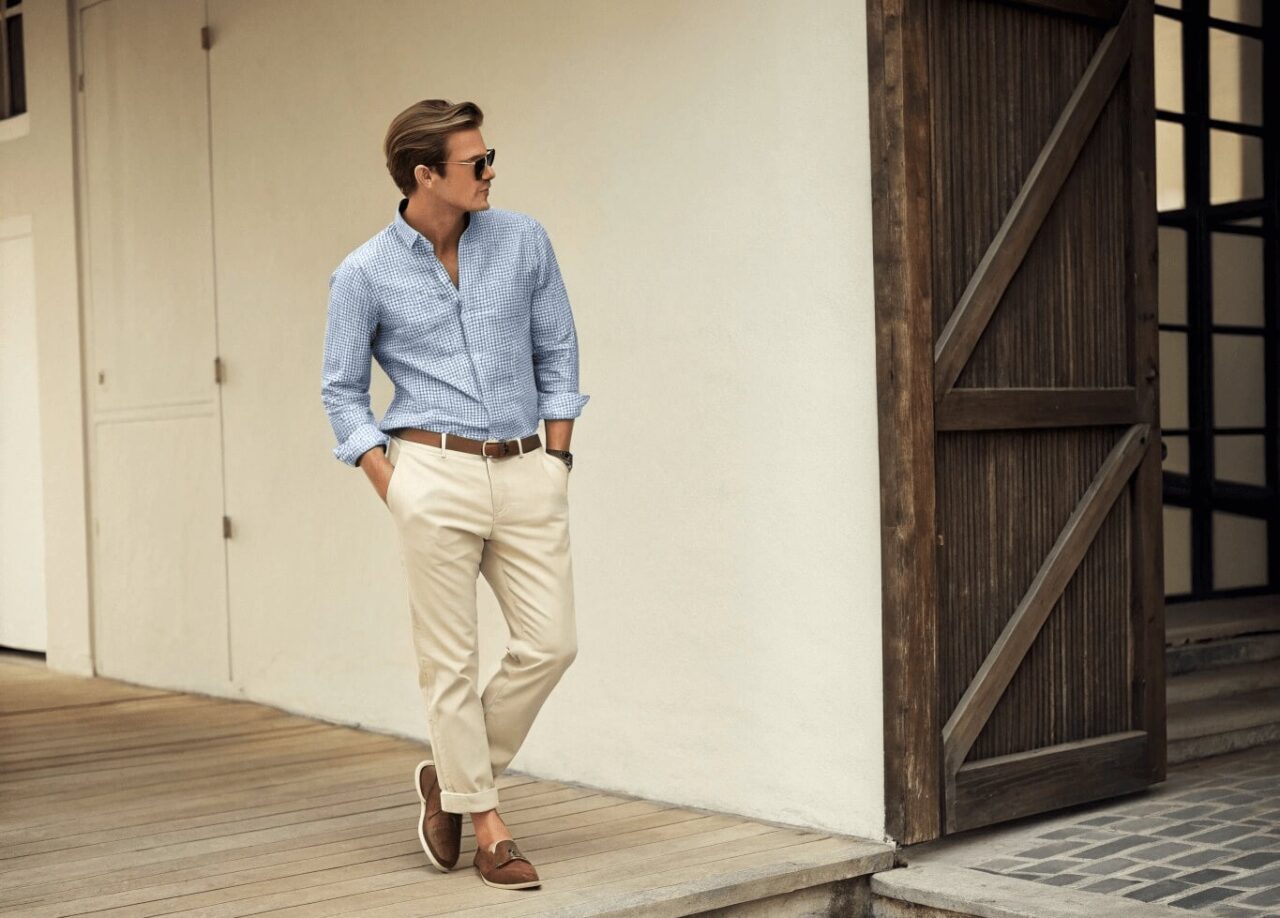
When searching for the best men’s button-down shirt, it’s easy to get overwhelmed by all the options. But with a few simple guidelines, you can pick a shirt that fits well, looks great, and lasts a long time. It comes down to understanding the key parts of the shirt and what makes each one important.
The Collar: More Than Just Buttons
The collar is a defining feature of the button-down shirt. Some even call it the most crucial part. At its core, the button-down collar was just a way to keep a shirt collar from flapping. Over time, Brooks Brothers made a specific kind of collar famous.
This was a soft, unlined collar that, because of where the buttons were placed, would curve into a gentle arch. This curve is often called the “roll.” It’s a sign of a well-made button-down.
This special collar often forms a “bell” shape. It swings down from the button at the very top of the shirt, then curves outward towards your jacket’s lapel in an S-shape. Historically, this shape could vary. Some were more V-shaped, while others had a more pronounced bell.
The buttons that hold the collar tips down were traditionally placed relatively close to the front edge of the shirt. Some newer styles put these buttons wider apart.
This makes the collar stick out more and look bigger. The traditional, more discreet collar gives a subtle elegance.
When you look at old photos of style icons like JFK, you can see how vital that soft roll and well-placed buttons were to the overall look.
Fit and Material: Comfort Meets Style
Beyond the collar, how the shirt fits and what it’s made of are crucial. A shirt that doesn’t fit well, no matter how nice the fabric, won’t look good. And the fabric itself affects comfort, drape, and how the shirt looks over time.
A classic Oxford Cloth Button Down (OCBD) was designed to be roomy. This meant a generous cut around the chest and sleeves, and a good length so it would stay tucked into your pants all day. If you’re used to very slim-fit shirts, a traditional OCBD might seem quite wide and loose at first.
Think of classic pictures of Paul Newman; his shirts had plenty of space. This generous cut was about comfort and ease of movement. However, if you prefer a tighter fit, you’re in luck.
Most shirt brands today offer slimmer versions of their button-downs. It’s essential to try different fits to see what works best for your body shape and your personal style.
When it comes to fabric, the traditional choice for a button-down is Oxford cotton. This name has nothing to do with the city of Oxford; it was just a marketing name from a Scottish fabric maker.
Oxford fabric has a special “basket weave,” where threads cross over each other in a pattern like a basket. This gives the fabric a slightly textured look, often with a mix of white and colored threads.
Classic Oxford is usually quite thick and sturdy. For a finer, smoother feel, there’s Pinpoint Oxford, which uses thinner threads. Royal Oxford is entirely different; it’s a dressier weave with a shinier finish.
Oxford fabrics started as solid colors, but then came patterns like thin “university stripes.” Beyond Oxford, button-downs are also made from other materials.
Denim and chambray give a casual, rugged feel, while linen is perfect for warm weather, offering breathability and a relaxed look. Each fabric choice changes how the shirt feels and how formal or casual it appears.
Style Tips: How to Wear Your Button-Down Shirt
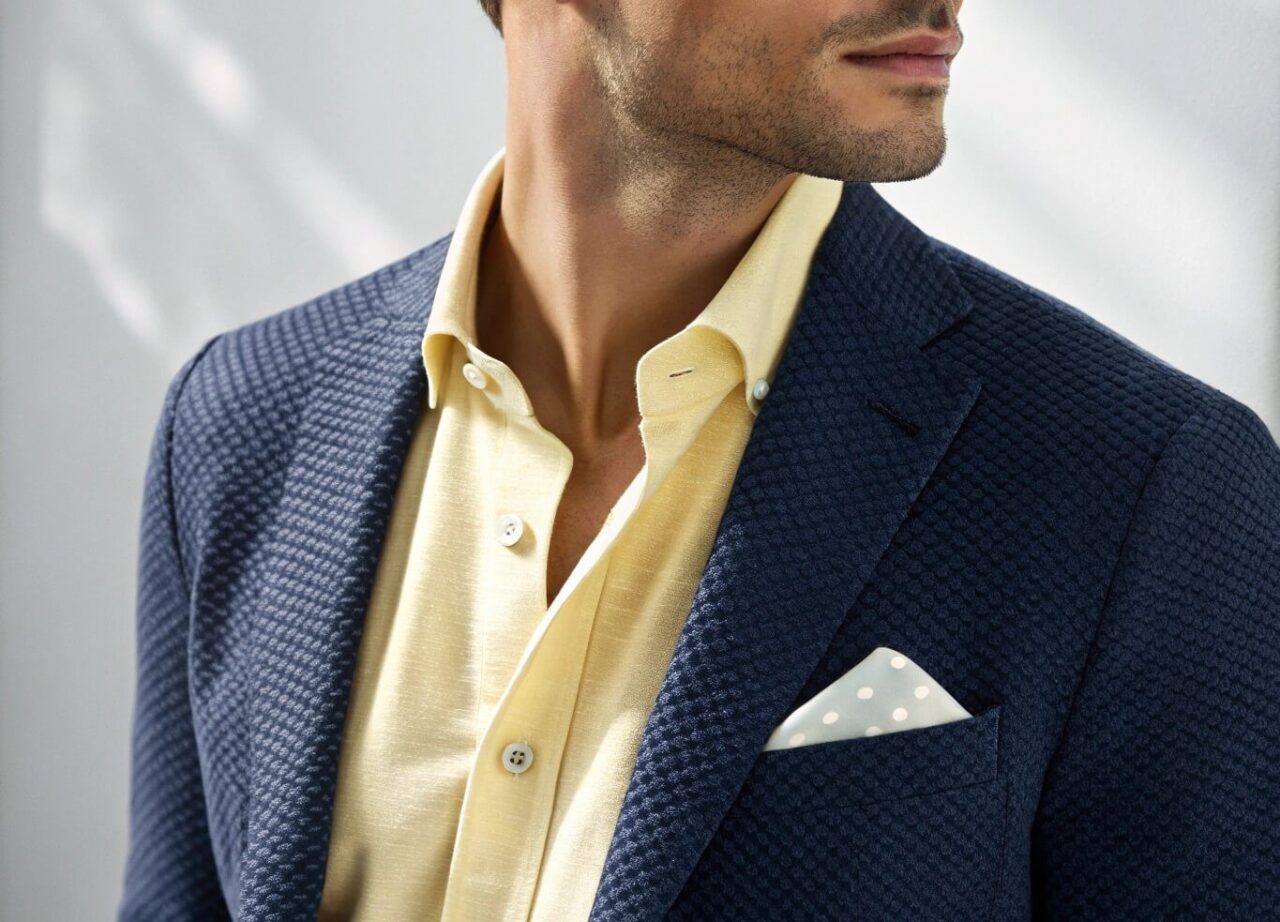
The button-down shirt is one of the most versatile pieces you can own. It can be dressed up or down, making it perfect for almost any event. Knowing how to wear it in different ways will help you get the most out of your shirts and build a strong wardrobe.
The Classic Preppy Look
The “Ivy League” style, often called “preppy,” was never just about clothes. It was about a way of life. Young people wore what their parents did, but in a way that fit their active lives better.
It was fashion magazines that later gave this style its rules. It could be more casual (preppy) or more formal (Ivy League).
To achieve a classic preppy look, opt for a solid-colored button-down shirt. Khaki flat-front chinos are the perfect match for the bottom.
For your feet, penny loafers, like Bass Weejuns, are a top choice. In warmer months, a pair of boat shoes, such as Sperry Top-Siders, works well.
As for a jacket, a blazer is ideal. In summer, a club blazer or a rowing blazer looks sharp. For fall, a tweed blazer is a good option.
The old-style blazer was often soft and not stiff, with a “3-roll-2” front (three buttons, but meant to be fastened only on the middle one).
If it’s cold, a nice knitted sweater, maybe with an Argyle or Fair Isle pattern, fits nicely under the blazer. Add a knitted or patterned tie. The striped and regimental relations, with their diagonal stripes, are a true classic here.
Pay attention to your tie knot; choose a smaller one. It should leave a little space between the knot and your collar, giving a relaxed but neat look. This whole outfit speaks to a timeless, effortless smartness.
Casual Comfort: Button-Down with Jeans or Chinos
One of the biggest reasons the button-down shirt is so popular is how great it looks for casual wear. It’s the perfect shirt for an effortless, relaxed style. For that classic American casual feel, leave the top button of your shirt undone.
Wear your button-down with a good pair of jeans, comfortable chinos, or even chino shorts when the weather is warm.
If you plan to wear your shirt untucked, over your pants, then you’ll want a version that has a slimmer fit and is a bit shorter than the traditional, longer models. A classic, generously cut button-down might look too baggy when untucked.
When the temperature drops, a cable knit sweater or a rugby sweater looks excellent layered over a button-down shirt. The collar of the button-down peeking out from under the sweater adds a nice touch of detail and smartness.
Again, loafers are a perfect choice for your feet, keeping that comfortable yet stylish vibe going.
This way of wearing a button-down is all about looking good without much effort, perfect for weekends, going out with friends, or just everyday comfort. It shows that even a simple shirt can be incredibly versatile for your daily life.
Well-Dressed: Button-Down with a Suit
The button-down shirt doesn’t always have to mean “preppy.” It can also work surprisingly well in more formal settings, helping to make a formal suit feel a bit more relaxed and personal.
A poplin button-down shirt, for example, is an excellent choice for dressing down a suit without losing any sharpness.
The unique shape of the button-down collar, with its gentle roll and slightly larger size compared to some dress shirt collars, can add a subtle elegance to a suit. It gives a sense of quiet confidence.
A diagonally striped tie, like a regimental tie, can be a great choice here. It plays on the shirt’s preppy history but looks sophisticated with a suit. Because the button-down collar is often a little wider, your tie and tie knot can have a bit more space, creating a balanced look.
For your shoes, a classic pair of Oxfords can finish the outfit perfectly, tying everything together with a touch of formality. This combination shows a sophisticated understanding of style, allowing you to bring personality to even the most formal outfits.
It proves that the button-down shirt is not limited to casual wear but can be a powerful tool for a modern, well-dressed man.
Two Buttons, 200 Years: The Button-Down Shirt’s Enduring Story
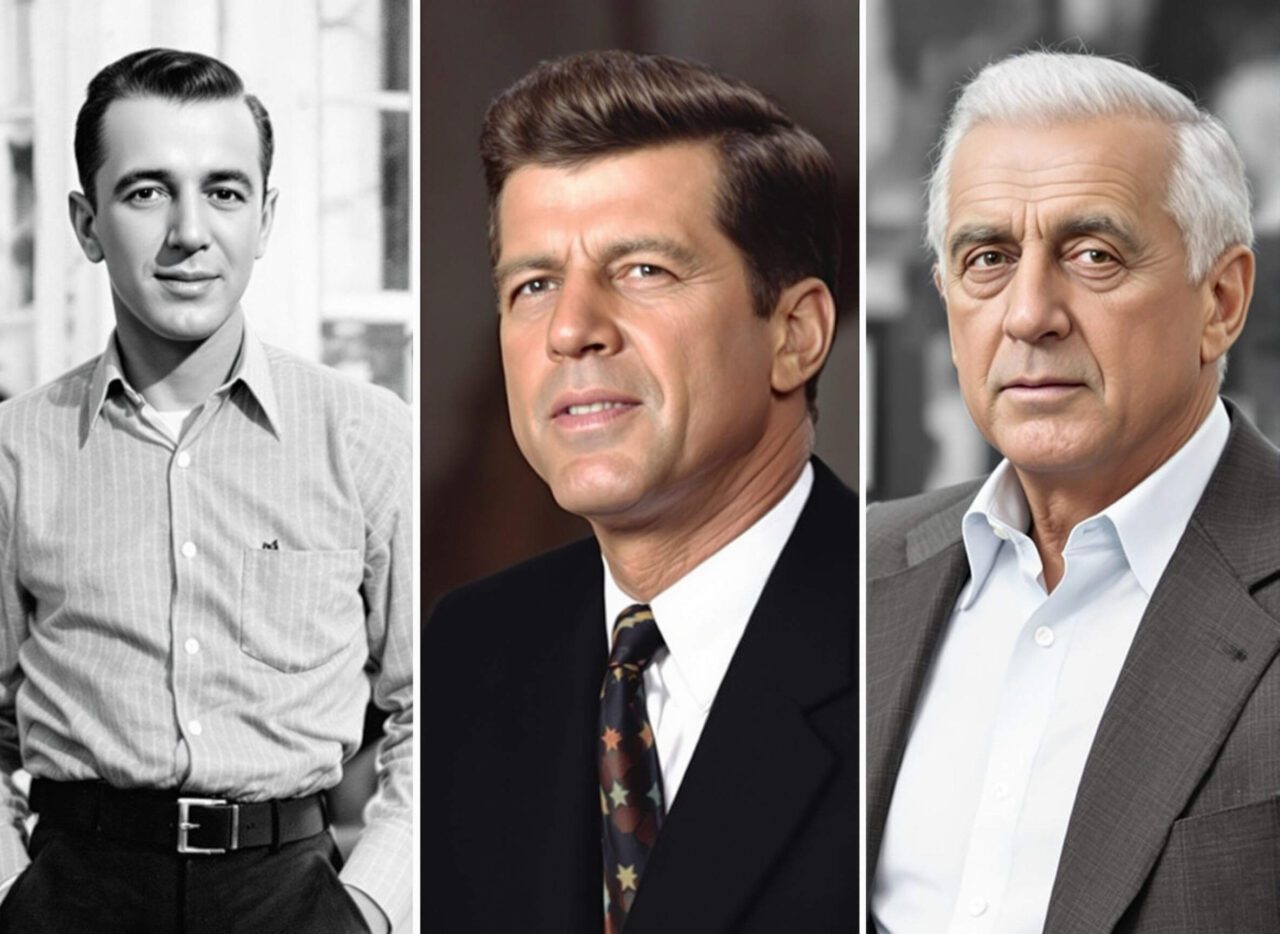
The button-down shirt holds a unique place in menswear. Unlike many other items of clothing, its history is relatively straightforward, with a definite starting point. It’s a story that spans nearly two centuries, showing how a simple idea can become a timeless style.
From the Polo Field to Everyday Wear
The button-down shirt started with a practical need. In the mid-19th century, English gentlemen playing polo found their shirt collars flapping about in the wind as they rode. This was annoying and distracting.
So, they came up with a simple solution: buttons to fasten their collar tips to the shirt itself. This smart fix kept their collars neat and out of the way.
Because of its origin, this collar was first known as a polo collar. It was a direct answer to a problem on the sports field, not a fashion statement.
However, an American, John E. Brooks, saw its potential. He was the CEO of Brooks Brothers, a famous clothing company, and the grandson of its founder.
In 1896, Mr. Brooks was watching a polo match during a trip to England. The way the players’ collars stayed put caught his eye. He reportedly brought the idea back to the United States.
Just a few years later, around 1900, Brooks Brothers introduced its own shirt with the button-down collar.
This marked a significant change. What began as sportswear quickly became a standard part of men’s everyday clothing, moving from the athletic field to city streets and offices.
Becoming a Style Icon
As the 1920s began, stiff, uncomfortable shirt collars started to go out of style. Softer fabric collars became popular. To keep these softer collars looking tidy, men used various tools like collar pins, chains, or small fabric loops called tab collars.
In this shifting fashion landscape, the button-down shirt offered a less formal, more comfortable way to achieve a neat collar without extra accessories. It was simple and effective.
Legendary dancer and style icon Fred Astaire played a part in its rise. He reportedly disliked the fiddly tab collars. He became one of the first well-known figures to embrace the button-down collar, making it cool and acceptable beyond its sportswear roots.
His adoption of the shirt helped solidify its place in mainstream fashion. From then on, the button-down was not just practical; it was stylish, favored by those who valued comfort and an understated elegance.
Its journey from a practical solution for polo players to a favored item by Hollywood stars and everyday men shows its profound impact on how we dress.
From the Ivy League to the People
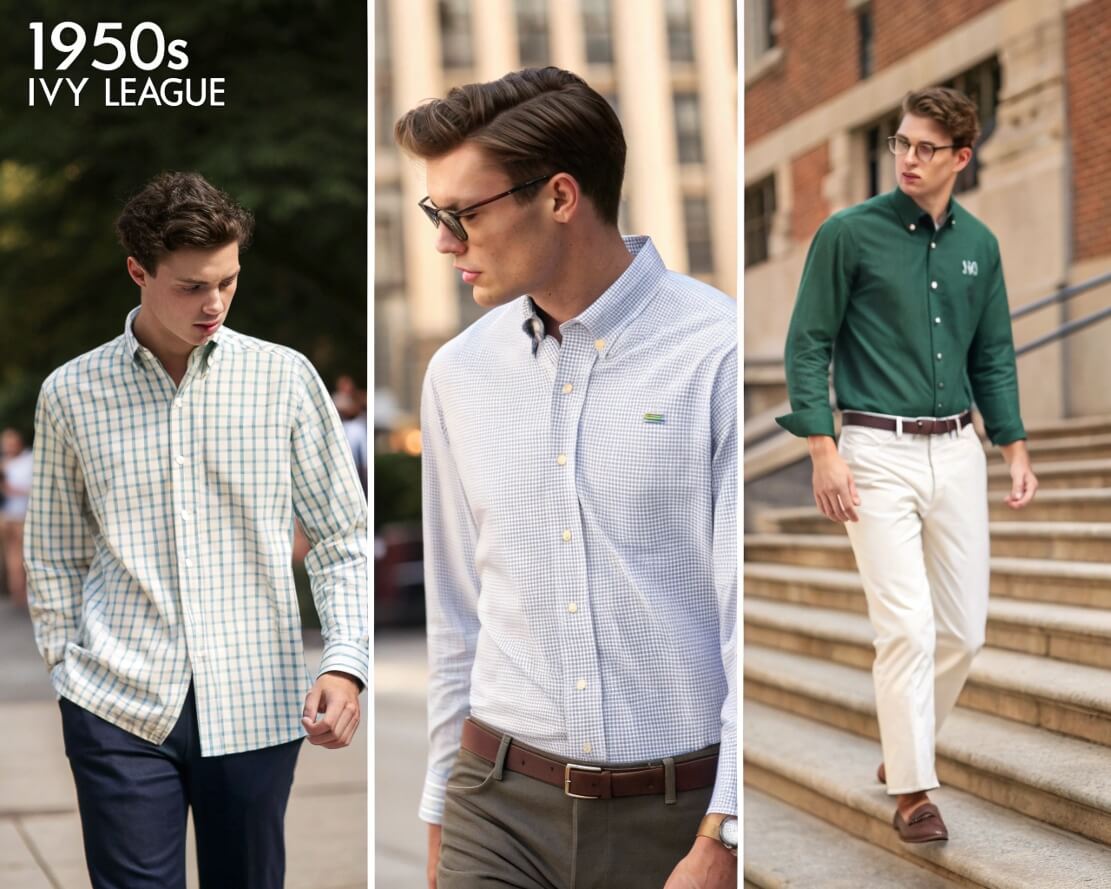
The journey of the button-down shirt from a sports field to a worldwide fashion staple is remarkable. It truly found its stride and became a cultural icon in the halls of America’s Ivy League universities.
Brands like Brooks Brothers, J. Press, and later Gant played a significant role in this. The Gantmacher family, for example, started by sewing shirts for Brooks Brothers before launching their own brand, Gant, in 1949.
The soft collar of the button-down was just right for the active lives of young students. By the 1940s and 1950s, it became a clear sign of the well-educated, privileged class.
The Ivy League style quickly spread. You could see button-down shirts paired with slim ties. Notice how the collar’s “roll” changed, from V-shaped to more bell-shaped lines. This subtle shift showed how adaptable the shirt was.
Hollywood stars and other famous people soon picked up on the style, making it even more popular. Jazz legend Miles Davis made the button-down cool in his own way, and President John F. Kennedy wore it often, both in his official duties and in his daily life.
Across the ocean, Gianni Agnelli in Italy embraced the button-down, famously leaving his collar buttons undone for a look of effortless ease. In Japan, American movies sparked a love for American clothes that would last for many years.
This soft, informal shirt was a perfect fit for the time after World War II, when people wanted to move away from the stiff, uncomfortable clothes of earlier generations. It offered comfort and a relaxed confidence.
From Preppy to Everyday Essential
After the wild fashions of the 1970s, the preppy style made a big comeback in the 1980s. Chinos were very popular, and the idea of “Casual Friday” in workplaces found the button-down shirt to be the perfect fit for more relaxed wear. It was seen as just right for casual settings, blurring the lines between work and leisure wear.
During this time, the button-down became colorful and fun, driven by big brands like Polo Ralph Lauren, Gap, Tommy Hilfiger, and J. Crew. The shirt’s collar often got smaller and stiffer. When Brooks Brothers, the very brand that made the button-down famous, changed its classic OCBD to match this trend, many loyal customers were upset.
They had moved away from the soft collar that was their signature. It took Brooks Brothers years to realize this mistake and bring back the original soft collar.
The “chino bubble” might have burst, but the button-down shirt did not disappear. It kept up with new trends, adapting to narrower collars and slimmer styles. It became shorter, tighter at the waist, and had a straight, short collar.
The button-down once again became a key item for young people, but with a whole new look. As you can see with brands like Asket, in the 2010s, the button-down became even shorter and simpler, fitting a more modern, minimalist style.
However, the 2010s also saw a renewed interest in classic menswear. Designers like Thom Browne and Michael Bastian, and brands like Drake’s, helped bring back the traditional OCBD. Today, both the classic rolled collars and more modern, prominent collars are popular.
More than 100 years after its initial appearance, the soft, easy-to-wear, and perfectly rolling collar of the button-down shirt continues to be loved by new generations. It remains a powerful symbol of style that bridges decades and trends.
Your Button-Down Journey Starts Now
The button-down shirt stands as a true testament to enduring style. It has lived through nearly two centuries of change, from a simple fix for polo players to a global fashion icon. Its ability to adapt, yet retain its core character, is what makes it so special.
Whether you prefer the generous fit of a classic OCBD or a more modern, slim silhouette, there’s a button-down shirt out there for you.
We’ve explored its rich history, from its humble beginnings to its Ivy League days and its evolution into a wardrobe staple for everyone.
We’ve also broken down the key things to look for when buying, from the crucial collar “roll” to the quality of the fabric and the small, historical details that give each shirt its unique charm.
Finally, we’ve shown you how to style this versatile piece for any occasion, whether you’re going for a sharp preppy look, a comfortable casual vibe, or a sophisticated twist on a formal suit.
Choosing the right button-down is an investment in your style. It’s about finding a shirt that not only looks good but also feels comfortable and lasts.
With the insights shared here, you are now well-equipped to find the best men’s button-down and dress shirts of 2025. What kind of button-down shirt will you add to your wardrobe next?

